MDM Week: The Vikings continue their assault on the coin world with additions to three series
Everyone love a good Viking tale. From TV to coins, they’ve left an indelible cultural stamp on popular culture, and we’ve found ourselves covering many a fine release over the last few years. MDM are no stranger to the genre, introducing a very popular series in 2015, and there’ve been a few others since then. As you can see from the round-up below, they’re as popular as ever, and especially in the case of the helmet coin, considerably more ambitious in execution.
A good mix for all pockets here, so if Norse lore is your thing, you should find something you like amongst them. The helmet is the standout for us, of course, but the half-ounce coins are something new and affordable, so if you’re on a stricter budget, you can obtain one or two of those from the wide choice. All should be up for pre-order now.
VIKINGS HELMET
There are currently two series of helmet shaped coins on the go, one from LPM, which come in at a nimble two-ounces of silver, and this considerably larger MDM range tipping the scales at five times more weight. This series clearly has more metal to work with and does a striking job of lavishing crisp high-relief detail over its entire surface as a result. The runic iconography and helmet construction details aare beautifully done.
This is a very attractive piece of coin art and a fine continuation of a series that started last year with a Spartan helmet of similar quality. That one lacked the level of detail shown here, not because it was an inferior strike, but simply because the Greek helmets of the period were comparatively clean affairs in comparison. As an aside, just a couple of weeks ago we did a day trip to Sutton Hoo to see the famous helmet found there, at least a reproduction of it, and that’s something I feel would be an incredible addition to this range, especially with partial gilding. In the meantime, this one certainly hits the spot.
NORSE GODS GILDED EDITION: LOKI
Many of you will recognise the designs on these coins, because they’re pretty much identical to a 2015 series that MDM released with an antique finish. That one was very popular from what we’ve seen, and made a good looking set, complete with a custom box that MDM offered.
This time, the release schedule is capped at just one coin per year (so far), and they have the central figure on each coin gilded. Other than that, this is essentially a rehash. We’re in two minds about it, to be honest. It’s good to see collectors get a second chance at obtaining them, and with a twist, but on the other hand we feel the time and resources could have been better spent on something a bit more original. They are pretty, however, and MDM’s schedule of releases doesn’t seem hindered in any way, so why not.
THE VIKINGS
Vikings, from Old Norse víkingr, were Norse seafarers, speaking the Old Norse language, who raided and traded from their Scandinavian homelands across wide areas of northern, central and eastern Europe, during the late 8th to late 11th centuries. The term is also commonly extended in modern English and other vernaculars to the inhabitants of Viking home communities during what has become known as the Viking Age. This period of Norse military, mercantile and demographic expansion constitutes an important element in the early medieval history of Scandinavia, the British Isles, Ireland, France, Kievan Rus’ and Sicily.
Facilitated by advanced seafaring skills, and characterised by the longship, Viking activities at times also extended into the Mediterranean littoral, North Africa, the Middle East and Central Asia. Following extended phases of (primarily sea- or river-borne) exploration, expansion and settlement, Viking (Norse) communities and polities were established in diverse areas of north-western Europe, European Russia, the North Atlantic islands and as far as the north-eastern coast of North America. This period of expansion witnessed the wider dissemination of Norse culture, while simultaneously introducing strong foreign cultural influences into Scandinavia itself, with profound developmental implications in both directions.
Our knowledge about the arms and armour of the Viking age is based on archaeological finds, pictorial representation, and to some extent on the accounts in the Norse sagas and Norse laws recorded in the 13th century. According to custom, all free Norse men were required to own weapons and were permitted to carry them all the time. These arms were indicative of a Viking’s social status: a wealthy Viking had a complete ensemble of a helmet, shield, mail shirt, and sword. A typical bóndi (freeman) was more likely to fight with a spear and shield, and most also carried a seax as a utility knife and side-arm. Bows were used in the opening stages of land battles and at sea, but they tended to be considered less “honourable” than a melee weapon. Vikings were relatively unusual for the time in their use of axes as a main battle weapon. The Húscarls, the elite guard of King Cnut (and later of King Harold II) were armed with two-handed axes that could split shields or metal helmets with ease.
The warfare and violence of the Vikings were often motivated and fuelled by their beliefs in Norse religion, focusing on Thor and Odin, the gods of war and death. In combat, it is believed that the Vikings sometimes engaged in a disordered style of frenetic, furious fighting known as berserkergang, leading them to be termed berserkers. Such tactics may have been deployed intentionally by shock troops, and the berserk-state may have been induced through ingestion of materials with psychoactive properties, such as the hallucinogenic mushrooms, Amanita muscaria, or large amounts of alcohol.
Source: Wikipedia
THE VIKINGS: BETWEEN HISTORY AND MYTH
This is a pretty cool range of twelve coins, with an interesting focus. Each of these antique-finished half-ounce silver coins depicts an element of the Norse world, from actual historical figures, through cultural practices, to mystical beliefs and it’s a great mix of subjects. We particularly like the Longship, Yggdrasil, and Art of War designs, but none are weak.
You can see eight of them here, but missing are ‘A Viking Village’, ‘Trading Post Hedeby’, ‘Valhalla’, and ‘Leif Eriksson’, all of them decent. Rather than focus on a line-up of big icons, MDM have produced a really well balanced set, which is a pleasure to see. There’s also a 0.5 gram minigold (below), which looks okay, but it’s not a great render, so we’ll reserve judgement until we see an actual coin image. We like minigold coins here.
Each coin can come in a blisterpack, or you can pick up a folder with space for all twelve coins and the minigold. Apparently, you can also buy the whole lot as a set, but the attraction here is the affordability of them when bought individually. The market is forgetting the less well off collector too much these days, so this is nice to see.
THE VIKINGS: BETWEEN HISTORY AND MYTH (MINIGOLD)
| SPECIFICATION | ||||
| COIN | HELMET | GILDED EDITION | HISTORY & MYTH | MINIGOLD |
| DENOMINATION | $10 Solomon Islands | $1 Cook Islands | $1 Samoa | 50 Tala (Samoa) |
| COMPOSITION | 0.999 silver | 0.999 silver | 0.999 silver | 0.9999 gold |
| WEIGHT | 311.0 grams | 62.2 grams | 15.5 grams | 0.5 grams |
| DIMENSIONS | 100.0 x 63.5 mm | 38.61 mm | 33.0 mm | 11.0 mm |
| FINISH | Antique | Antique | Antique | Prooflike |
| MODIFICATIONS | High-relief, shaped | High-relief, gilding | None | None |
| MINTAGE | 300 | 500 | 7,500 | 7,500 |
| BOX / C.O.A. | Yes / Yes | Yes / Yes | Blister / Yes | Blister / Yes |




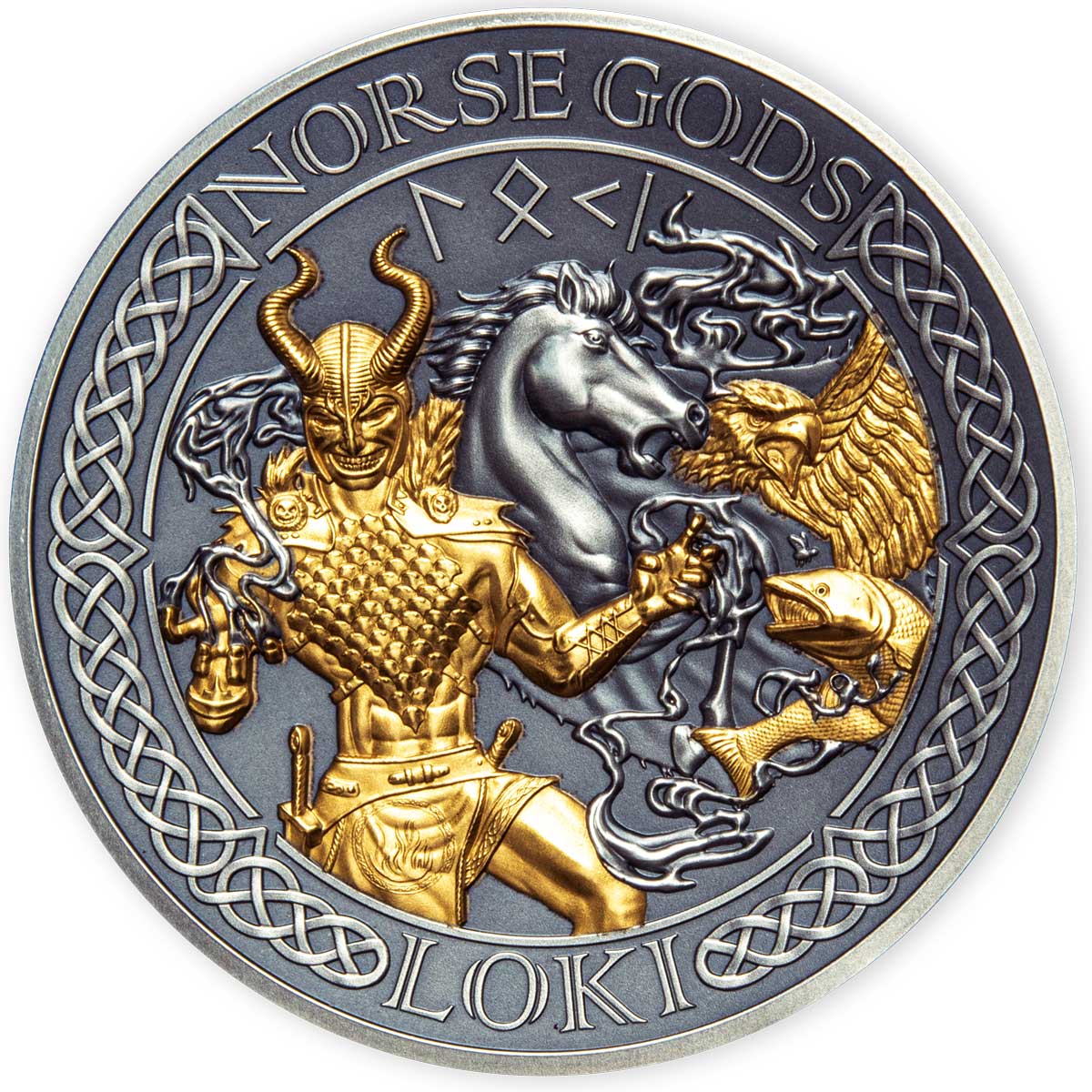
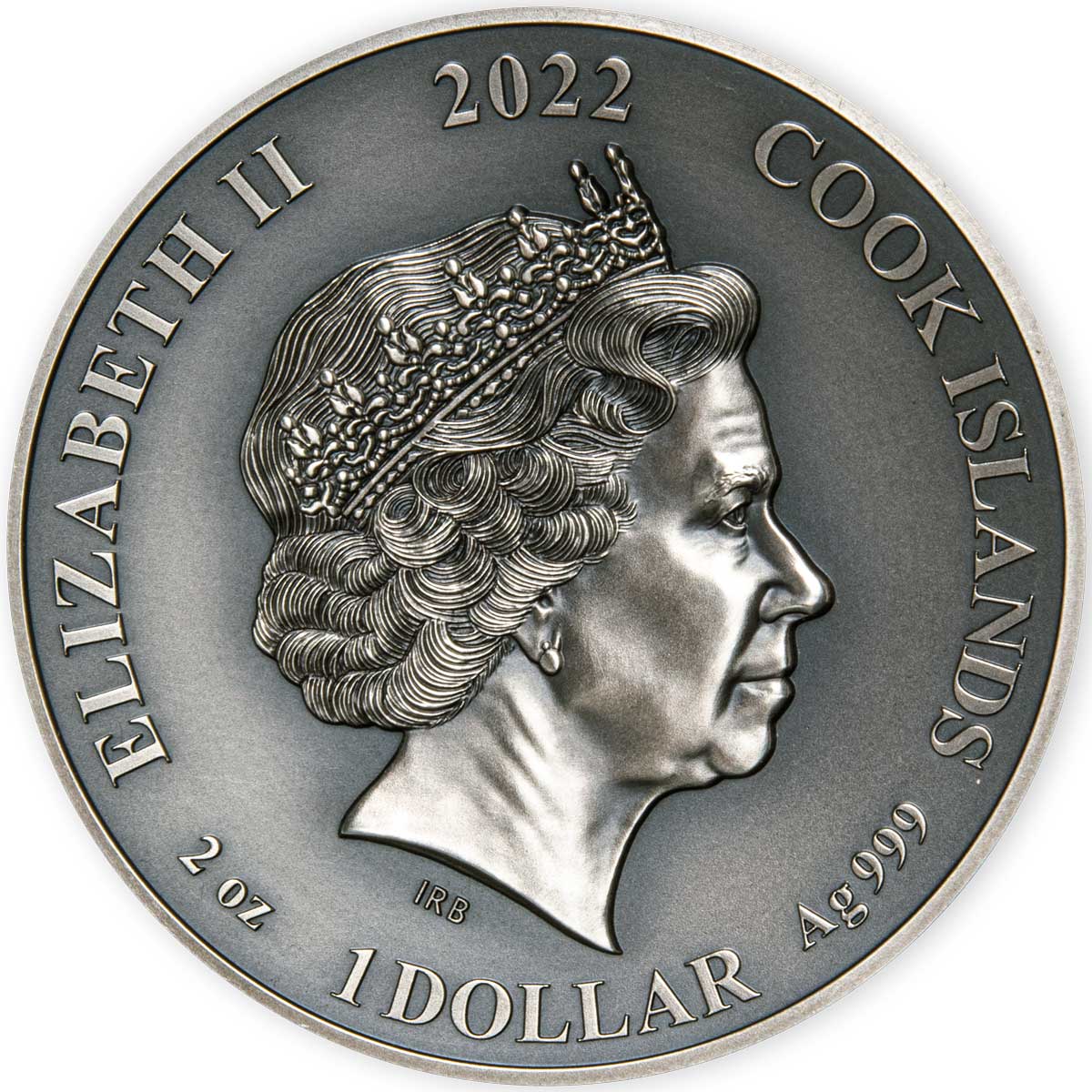

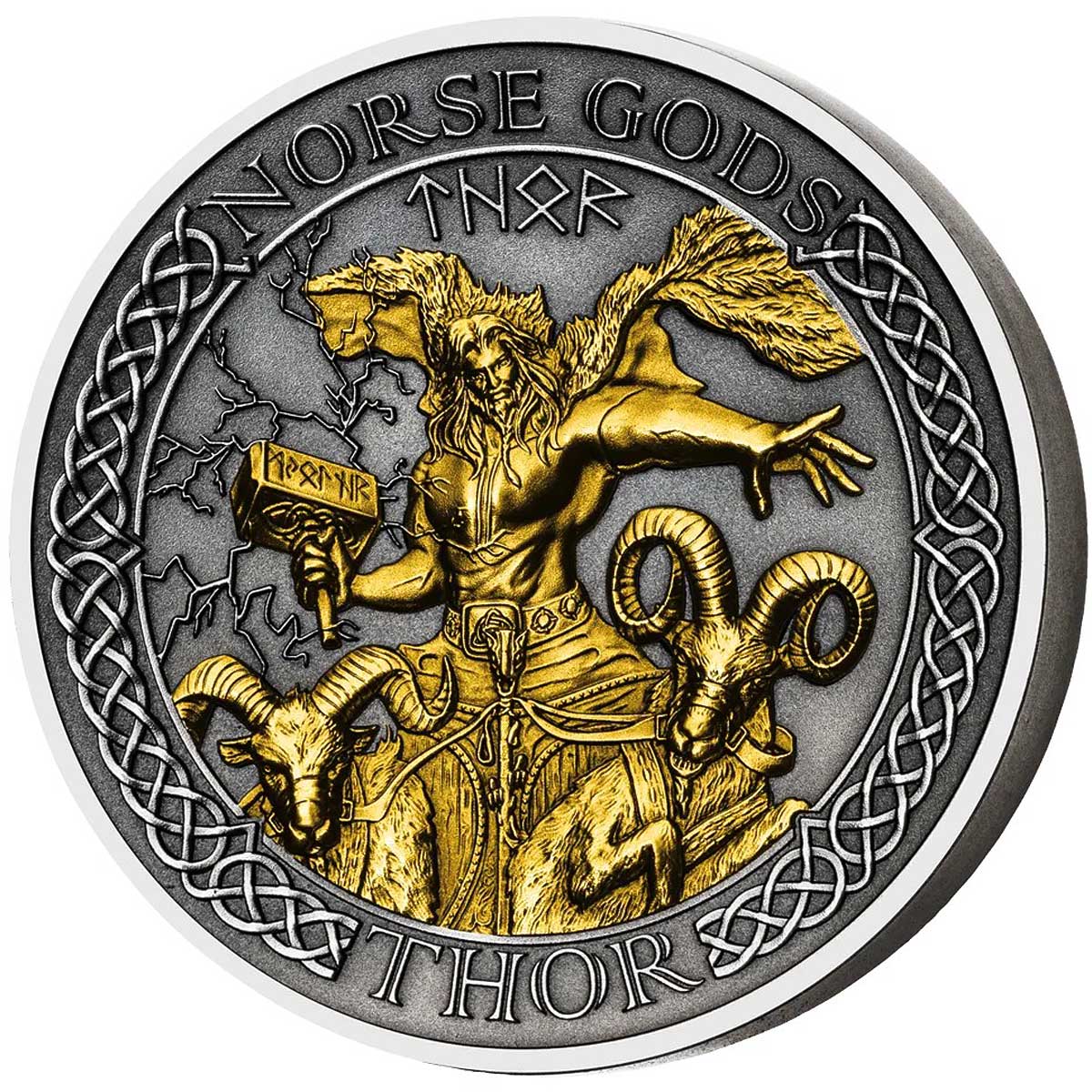

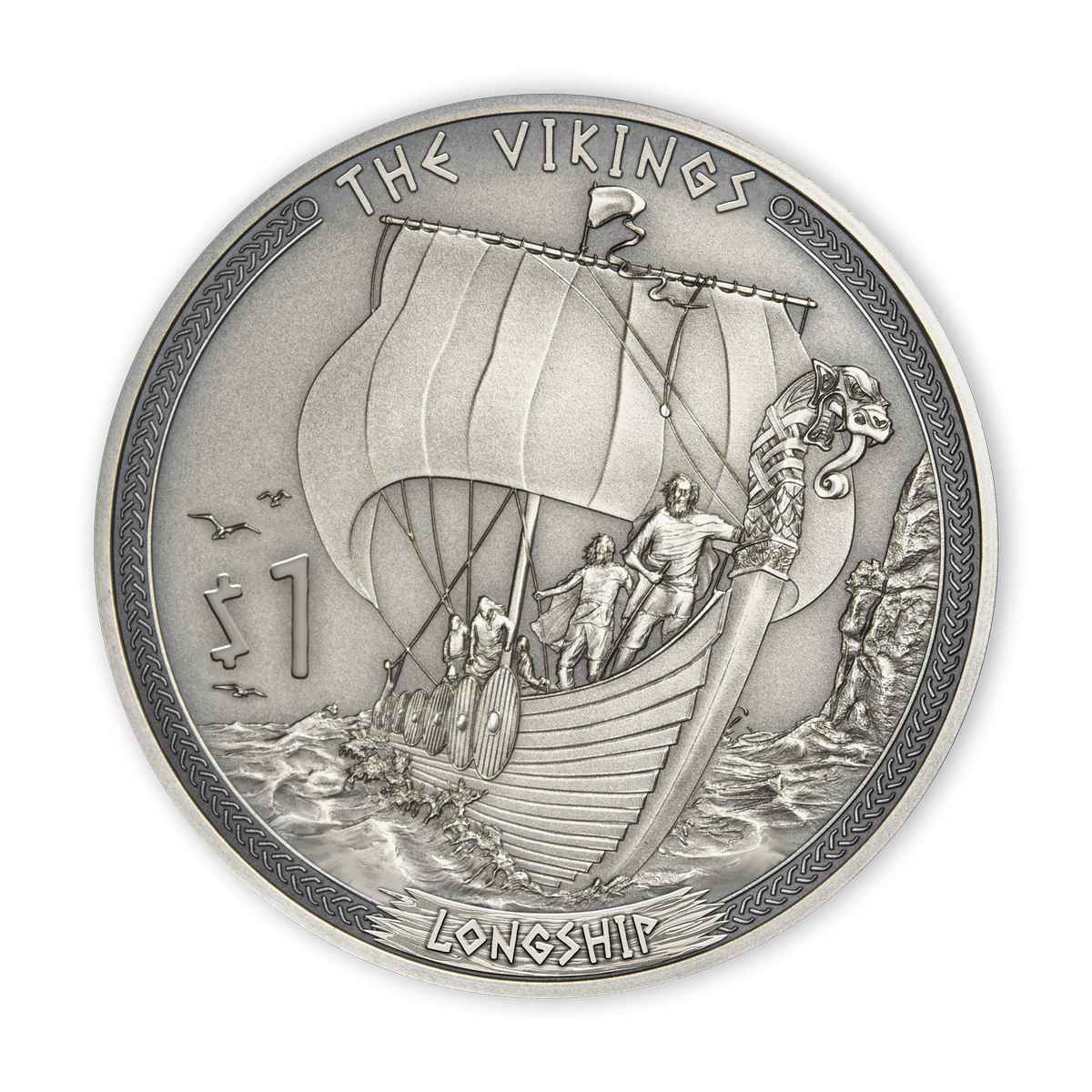
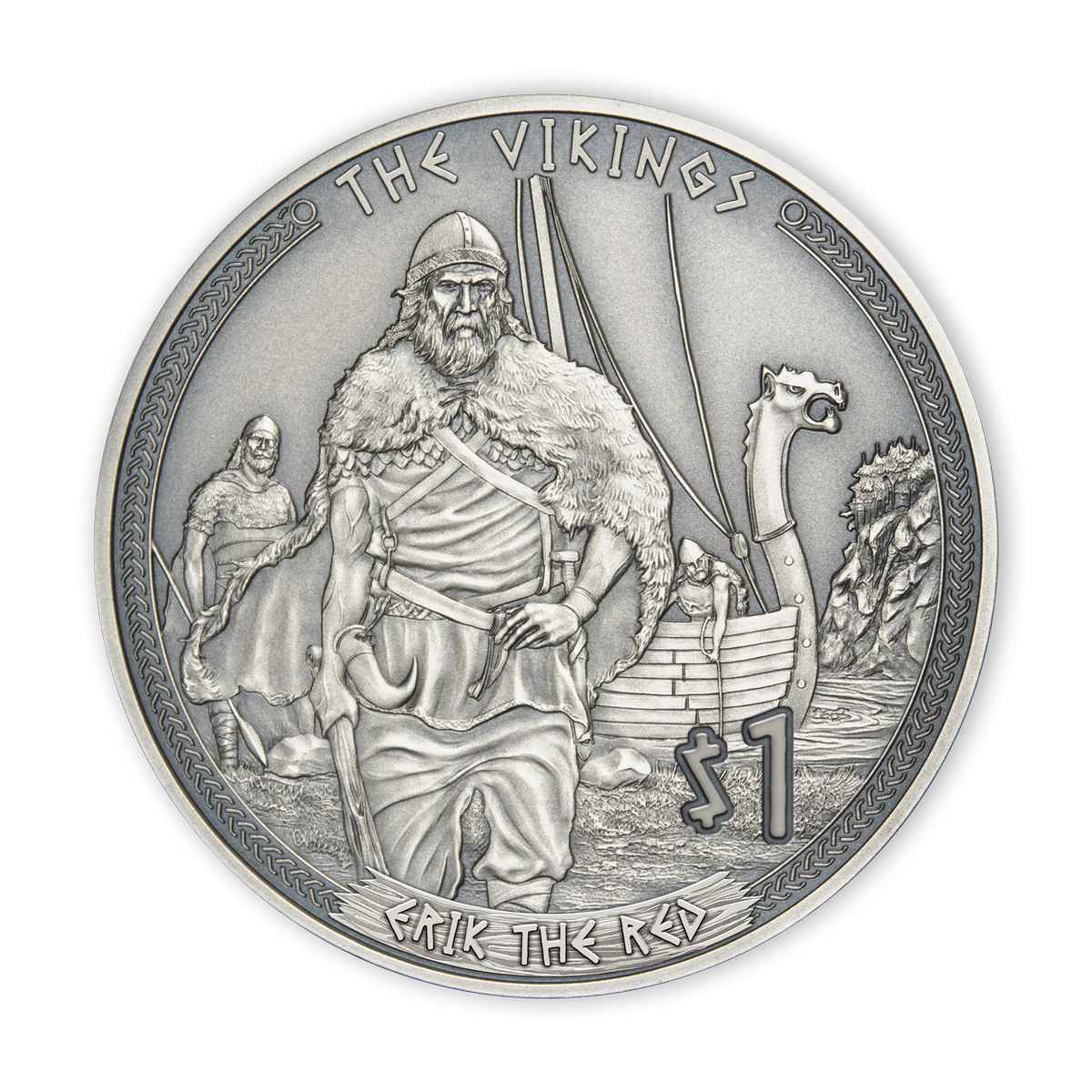
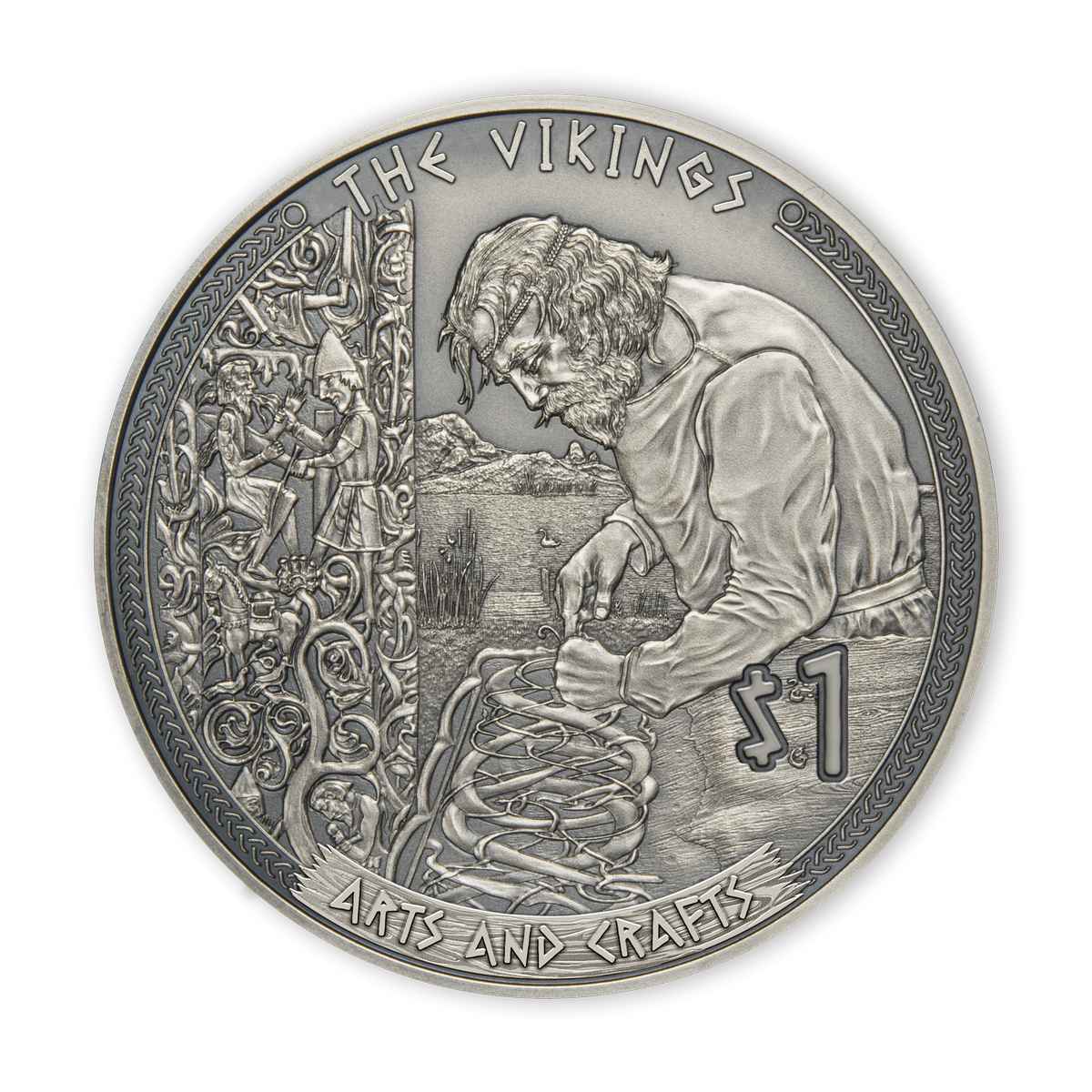

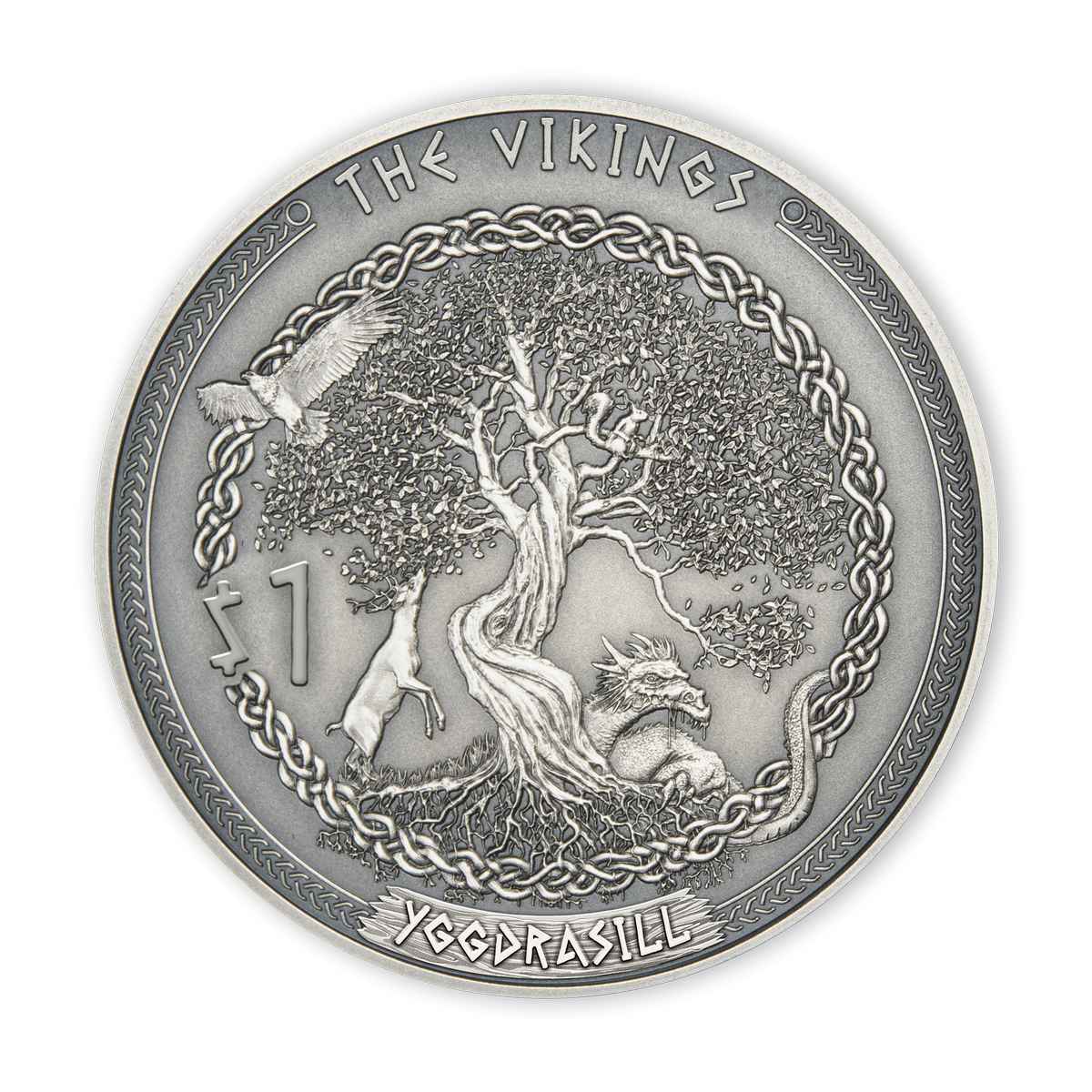
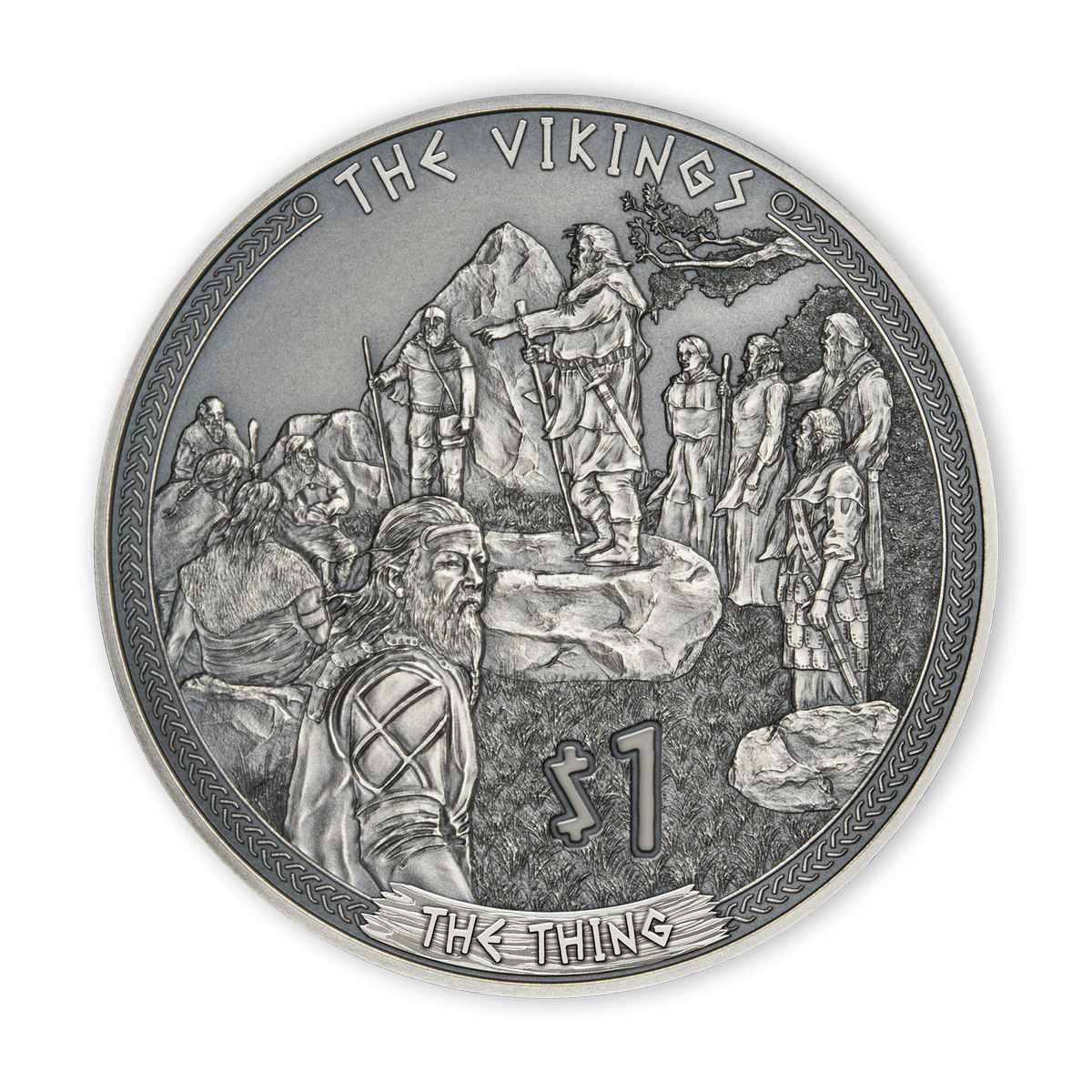
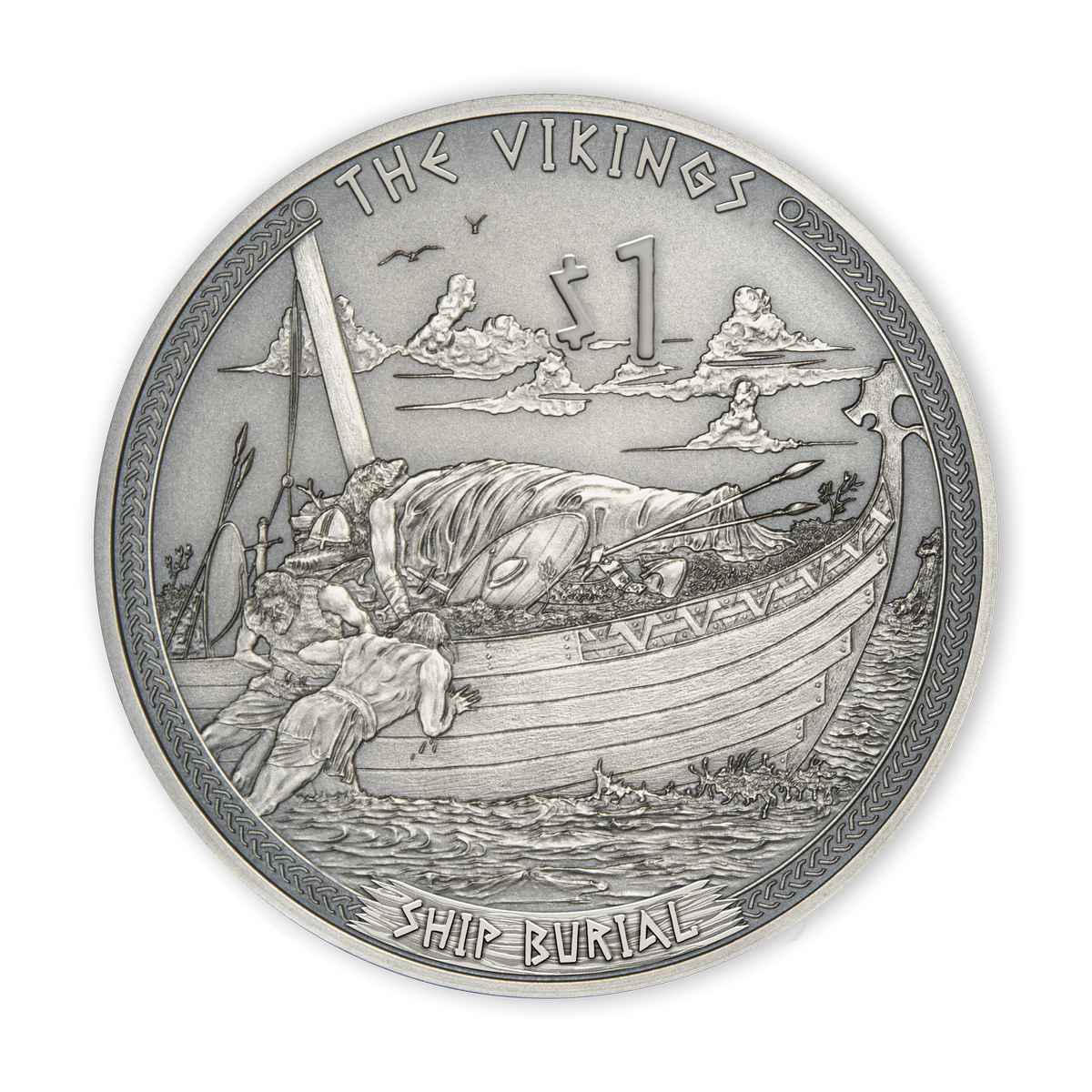

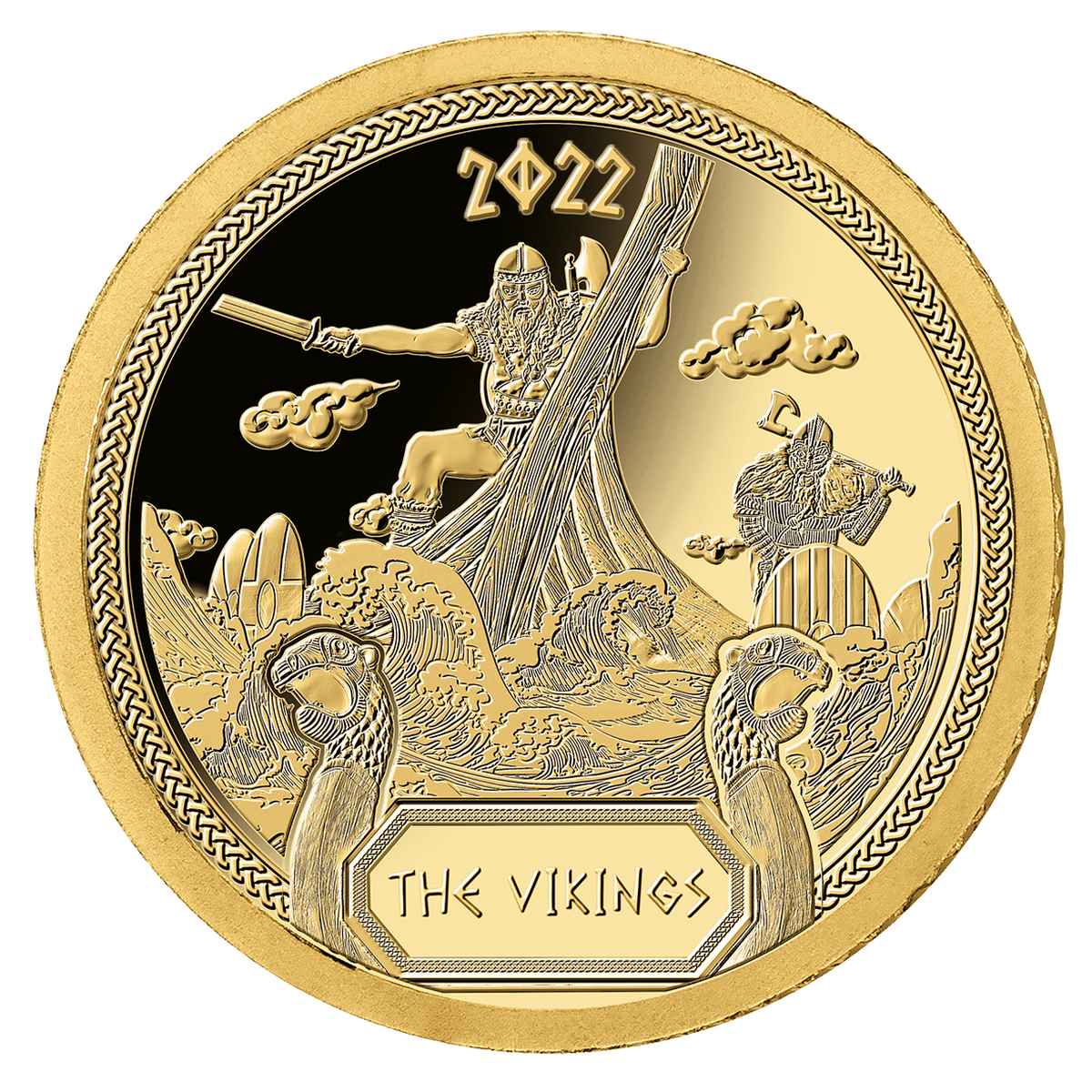
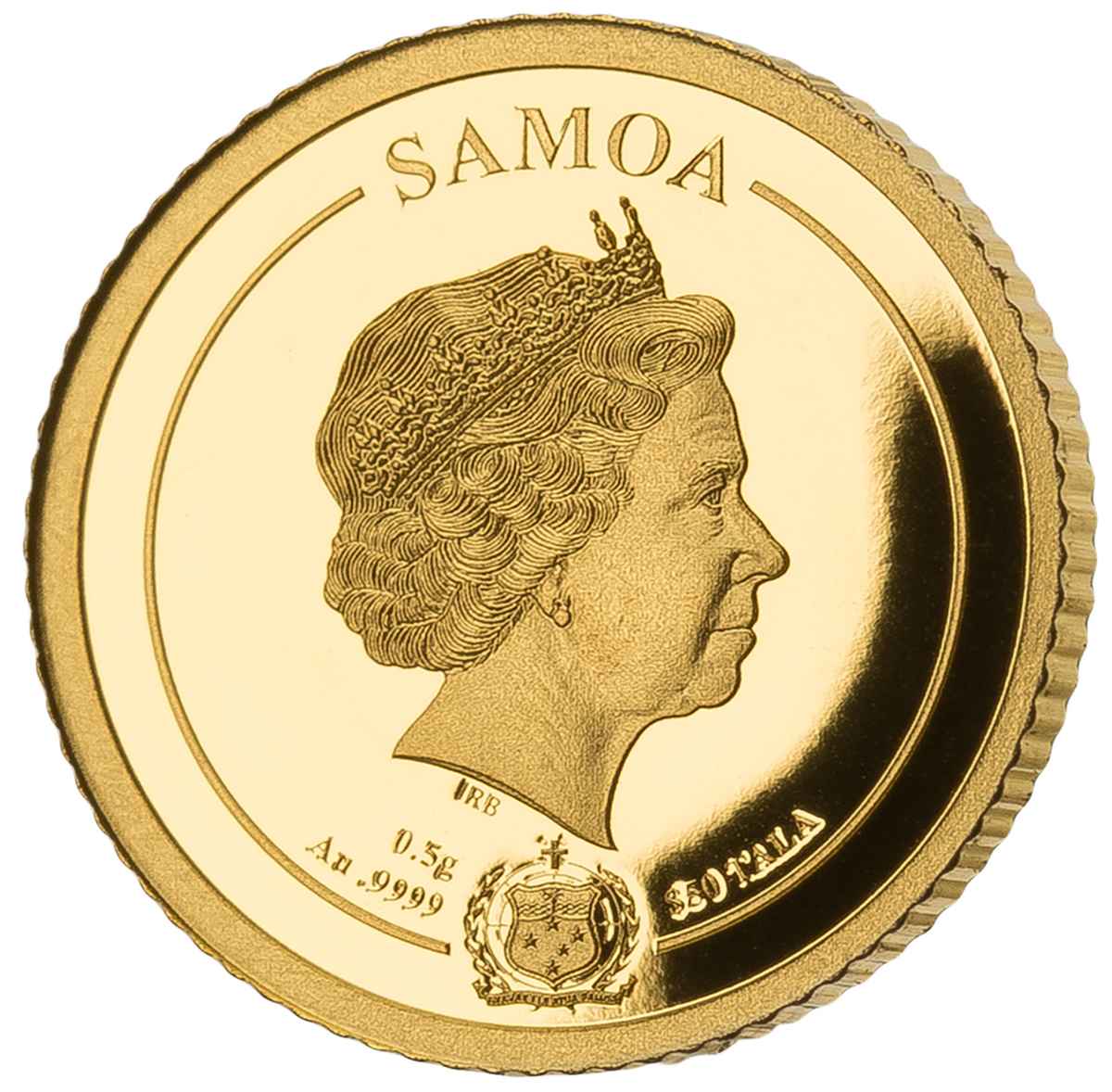
Leave A Comment